How to propagate fruit crops by seeds? |
Is it possible to grow a cultivated tree from a bone (seed)? If a varietal tree is considered cultivated, which is obtained only by vegetative means, as a rule, by grafting, then it is impossible. If you have patience and are willing to experiment, you can grow a plant from a seedling that will produce a good harvest of high quality fruits.
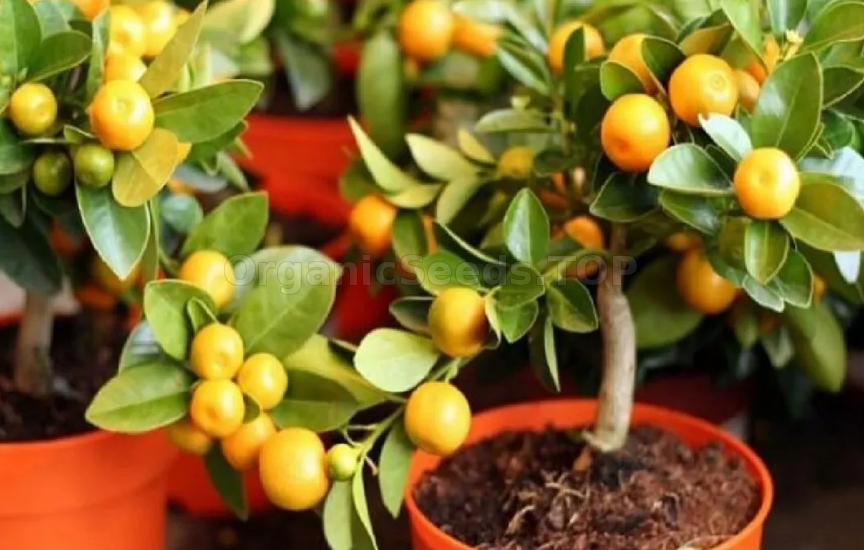 Seed propagation of fruit crops will be discussed in our material. Seedlings often outperform grafted varietal plants in terms of viability, including winter hardiness, are more durable, resistant to diseases and pests, and better adapt to various extreme environmental factors. "Pitfalls" of seed propagation of fruit crops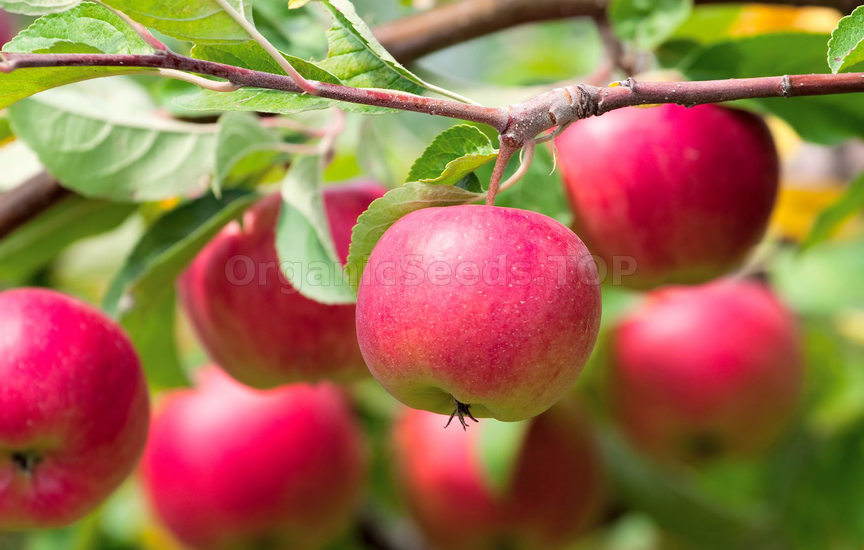 In industrial horticulture, propagation by sowing seeds is mainly used in the cultivation of seed rootstocks. Varietal plants with predetermined characteristics and properties can be obtained exclusively by vegetative means (cuttings, layering, grafting). As a result of seed reproduction, we get a hybrid offspring that is distinguished by polymorphism (a variety of traits and properties). 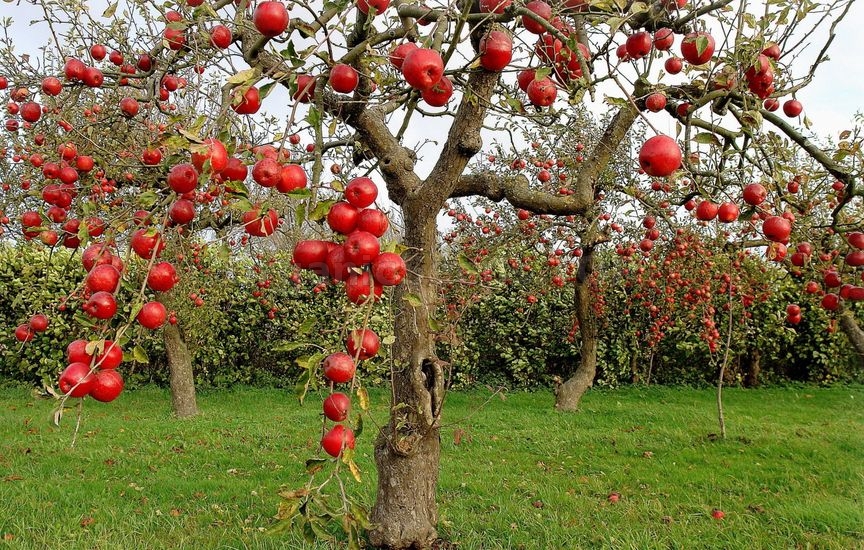 This is facilitated by cross-pollination of fruit crops, as a result of which seedlings have characteristics of both the mother plant (from which the seeds were collected) and the paternal plant (pollinator). Also, most seedlings show features of wild ancestors - thorns, small fruits, etc. When is the best time to use seed propagation?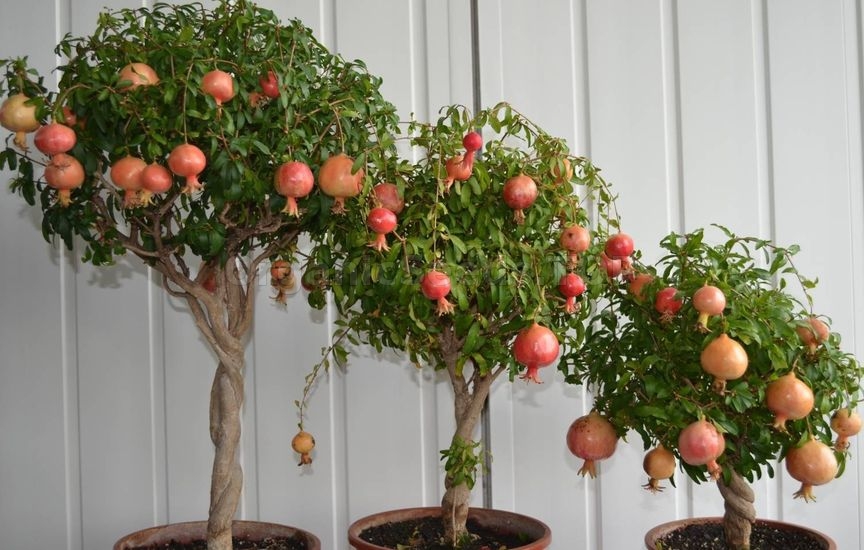 In modern fruit growing, seed propagation is used in the following cases:
When is seed propagation justified?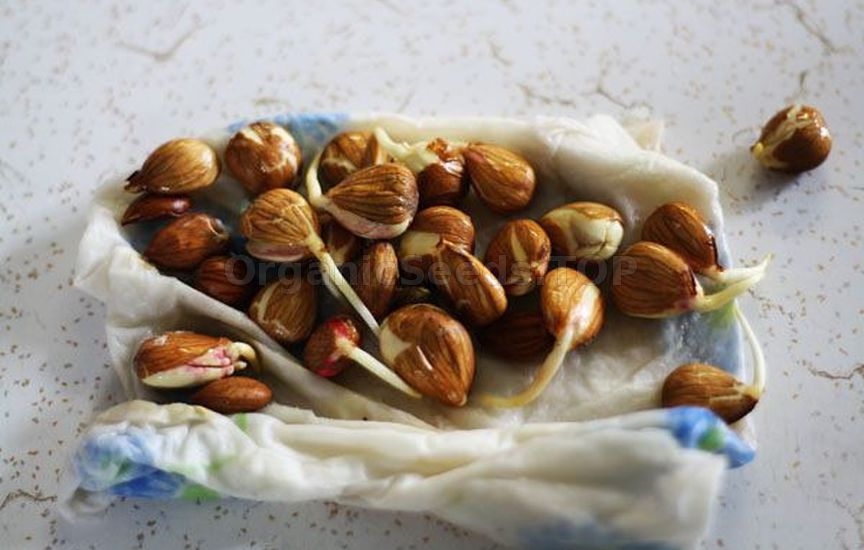 Seed propagation is expedient at a significant (not less than 60%) level of dominance of maternal traits in seed offspring. This applies to crops such as walnut, hazelnut (hazelnut), peach, apricot. It has long been noticed that a peach or apricot grown from a stone very often forms fruits of no worse quality than those from which the seeds were taken. 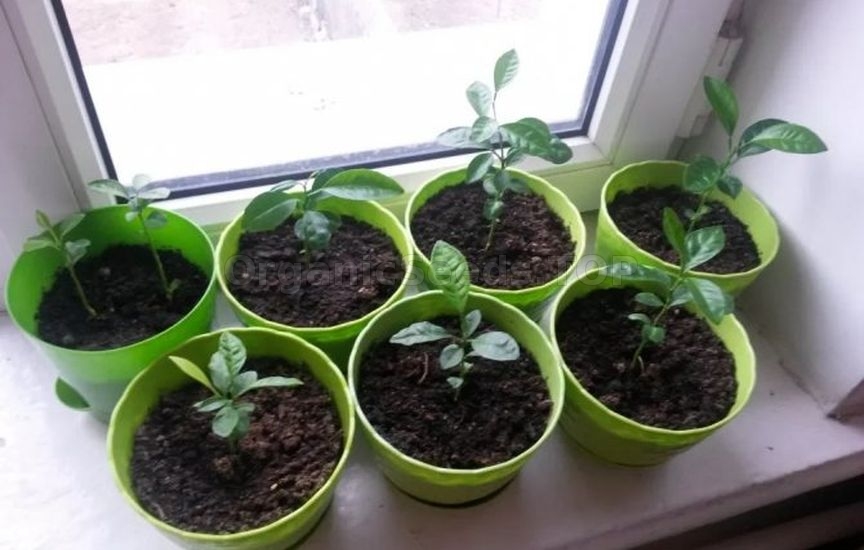 In addition, apricot and peach are relatively thermophilic crops. Therefore, in the process of seed propagation, we can get more viable plants compared to grafted ones. If seedlings of most forms of walnut begin to bear fruit only in the 7-15th year, then in peach the first fruits can be tasted already in the 3rd year after sowing the seeds, in apricot - in the 4th. 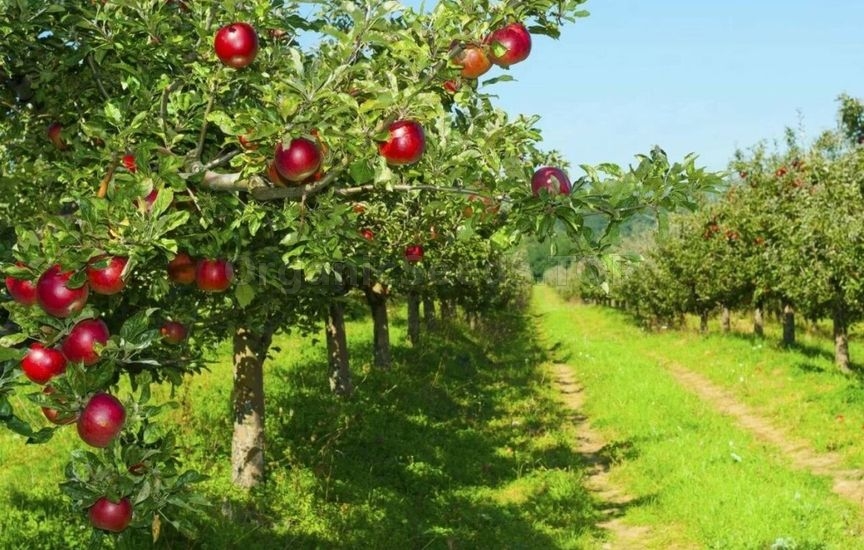 Seedlings of the early-growing walnut (Ideal variety type) often bloom in the year of sowing, and the first fruits can be obtained in the 2-3rd year. After the first few harvests, plants are left that have a complex of valuable traits - large size and good taste of fruits, productivity, disease resistance, winter hardiness. Seedlings that do not live up to expectations are rejected or re-grafted with varietal material. |
|
|
